Original text by Marina Belova
Recently I came across some more methods of color blending in machine embroidery on the Web. Theoretically, all of them have the same basic principles, but the technique varies a bit. The designs in one of the online shops that had been made in a similar way instantly sprang to my mind.
But then I didn't give the matter much thought.
Just to refresh your memory, all basic color blending techniques in machine embroidery are based on the notion that the stitch direction is the same in all layers. It is precisely this condition that will allow the stitches of the outer level to sink into the ones below and to create tonal gradation.
The methods described below are somewhat different in that the stitch direction varies in the filled area of all layers. I suppose, the result is not so much a color blend but more a moire pattern. That is, some colors are visible through the others due to the reduced density of the upper layers and to each next layer rising slightly above the previous one.
I haven't yet tried these methods myself, but I definitely will when I find a proper design, and I'll publish the results.
Blending 2 colors
This method is very easy to put into practice. It works best for colors that are similar to each other: red + orange or yellow + orange. Something like that.
You should do as follows: pick 2 objects of the same shape (copies, in fact) and place one on top of the other.
The first one will be our background. Fill it with an ordinary flat pattern. Set the density at an ordinary level or slightly lower. I don't mention numbers here because everyone has their preferred density: some like it higher, some lower.
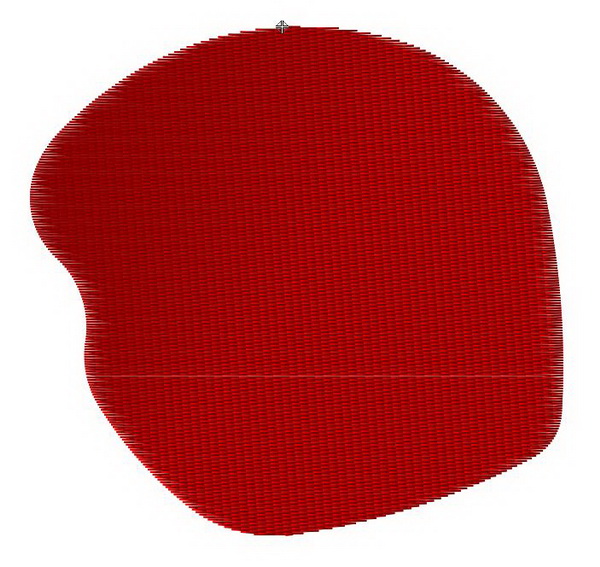
The second object will work as shading. But the stitches should lie not in the same direction as the ones in the background layer but completely at random. This is achieved by arranging the stitches in the upper layer in a circle. Also, you should find a suitable density value, and don't forget about stitch shortening or you'll sure get a hole in the center.
You can do it manually in any embroidery editor, and in Tajima, there is a Radial fill tool. At a final stage it should look somewhat like this:
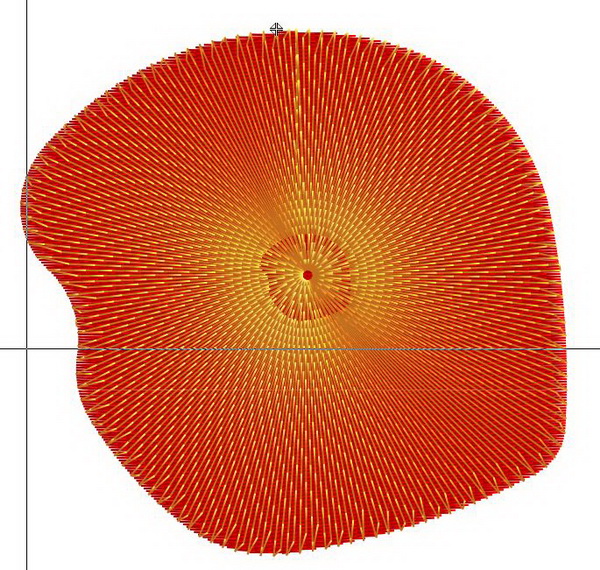
The center of the circle needn't be placed exactly in the middle of a shape you're filling. This matter should be individually decided in every particular case.
Blending 3 colors
This method is real easy as well. It can be done in any machine embroidery editor.
Pick an object, copy it and place the copies on top of each other. You'll have 3 layers as the result. Set a different stitch direction in every layer and add gradient density. Set your density at half of the standard value or less. I got these pictures:
1st layer
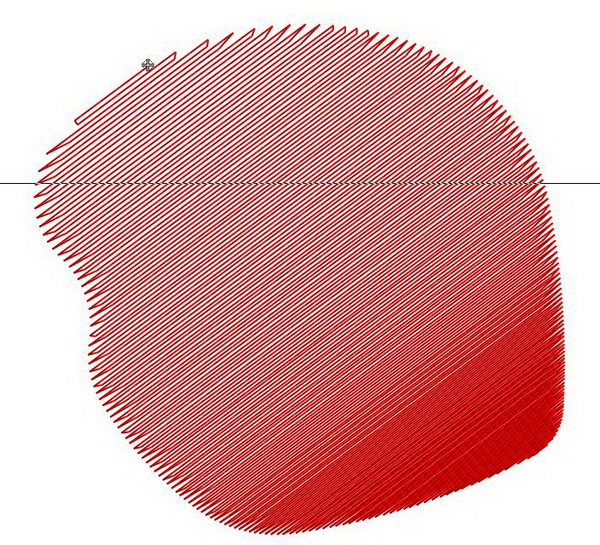
2nd layer
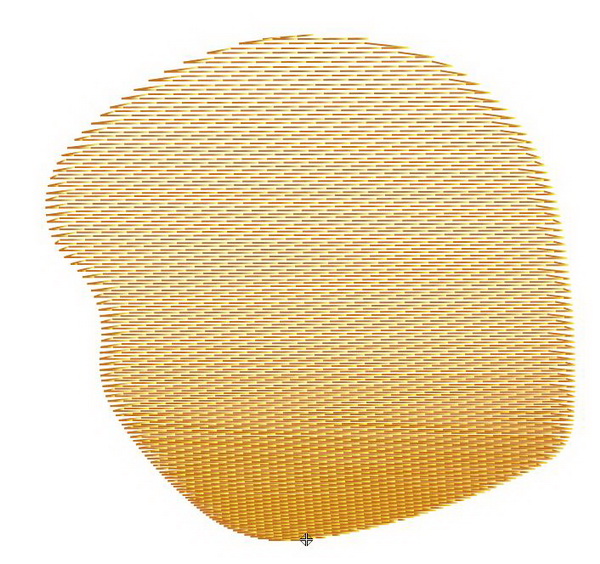
3rd layer
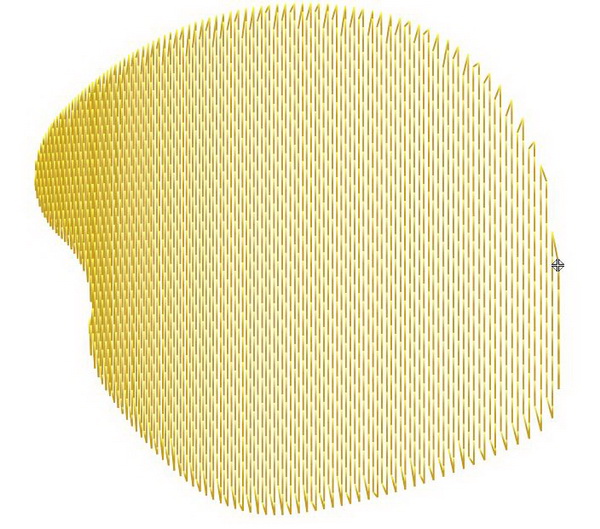
The final look:
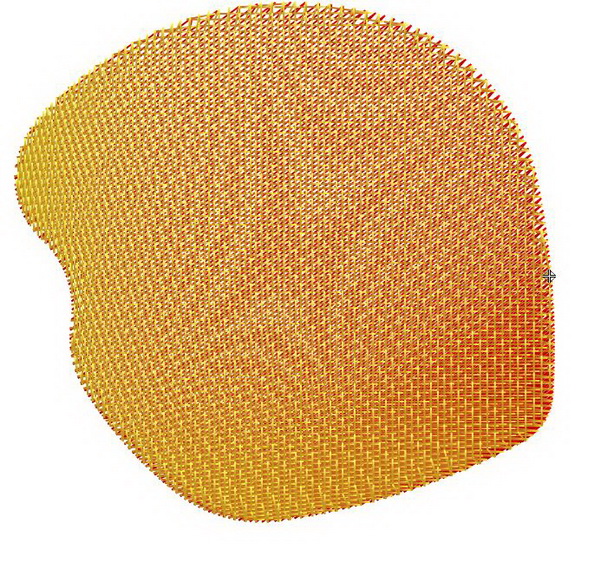
Of course, you need to experiment and see what can be achieved as the result.
Playing around with stitch direction, density, and effects, you can achieve an interesting outer look without using any tricks or advanced embroidery software.
I think that these methods can be used to blend more than 2 or 3 colors. The main thing is to find a right density value for each layer and stick to the rules of working with colors.
Edited by Irina

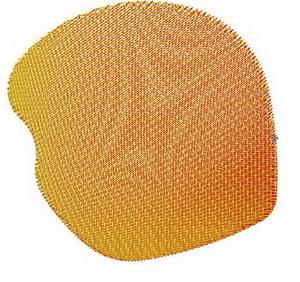
There are no reviews to display.